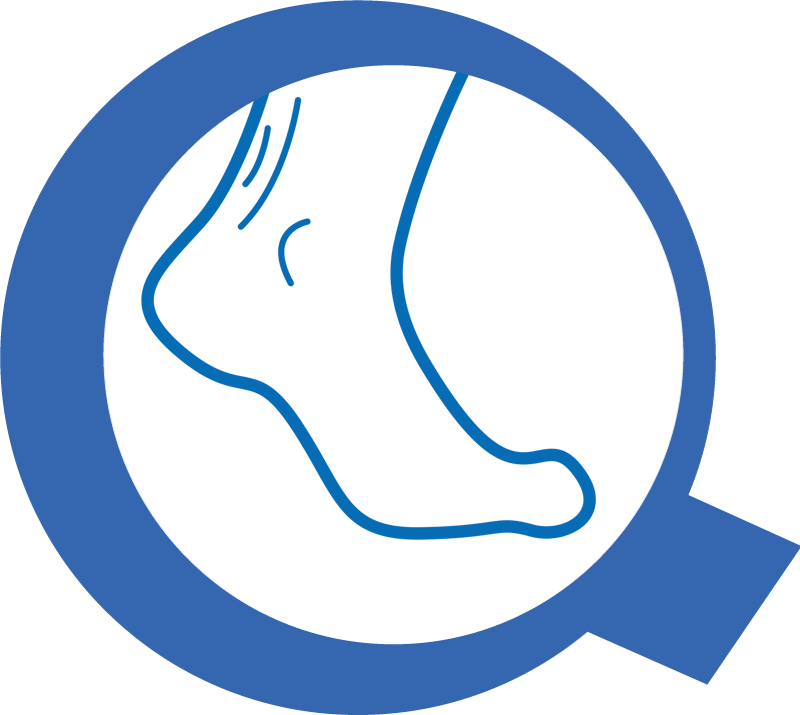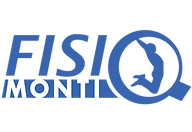Tendinitis Clinic

In classical medical methodology, the diagnosis and study of the pathology underlying a symptom are always sought in medical treatment. However, this ideal model is not always applicable to tendons because: A) Pathologies related to symptomatic tendons have not been clearly defined yet, and b) There is often a discrepancy between the reported/perceived pain and the evidence provided by diagnostic imaging, most likely due to the involvement and sensitization of the nervous system, which complicates the diagnosis.
The term “tendinopathy” itself does not indicate a specific pathology but it is a more generic term coined to indicate that “something is wrong” (a set of symptoms) in the tendon. Therefore, unlike diagnosing the pathology and the pain mechanism that cause the tendinopathy to occur, diagnosing “tendinopathy” is reasonably easy to achieve clinically, based on the perceived pain localized in the specific tendon when stressed. Tendinopathy is a debilitating problem that prevents individuals from leading an active life and indirectly impacts society.
The treatment of tendinopathies involves progressively loading and stressing the tendon. Activities that cause pain are initially completely excluded from treatment, followed by a slow and gradual introduction of exercises that stress the tendon below the pain threshold. For an effective treatment, patient collaboration is key, requiring adherence to a therapeutic exercise plan and avoidance of activities that improperly stress the tendon. The personalized therapeutic exercise plan will be monitored, updated, and implemented by the physiotherapist, who will simultaneously study motor patterns that may have contributed to the onset of tendinopathy.
In some types of tendinopathies, such as insertional tendinopathies (those affecting the tendon insertion, such as epicondylitis), performing high-load isometric and isotonic exercises (always below the pain threshold or performed in a position that does not cause pain) can even alleviate symptoms during the acute phase of inflammation. More generally, these types of exercises will be part of every rehabilitation plan, as they can help to manage components related to the nervous system and are crucial in reinstating the ability of the musculo-tendinous system to store and release energy before returning to more complex movements necessary for a return to sports practice.
Once the acute phase is overcome, corrective measures can be taken for the motor patterns that led to the onset of tendinopathy, using physical means such as taping, as well as additional therapeutic exercises aimed at correcting posture and execution of certain movements to prevent the recurrence of tendinopathy. Additionally, the therapeutic exercise plan may include targeted exercises to strengthen the muscles involved in the motor patterns associated with the initial onset of tendinopathy.
